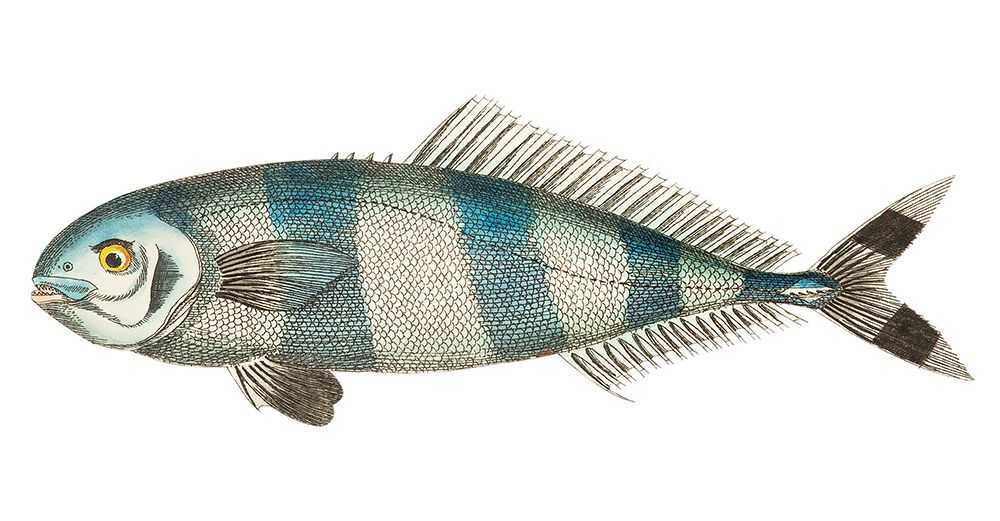Pilotfish

Species Details
Naucrates Ductor
Carangidae
Perciformes
Offshore
lbs.
28"
Pilotfish (Naucrates ductor) Fish Description
The pilotfish color is exemplary striking. It’s recognizable by its five to seven dark bands across in its anatomy, a sharp, contrasting distinction from its silver-blue body. The pilotfish is studied to have variation of color when it is excited, though this happens as a temporary occurrence, where its dark bands disappear and the body transitions to a silver-white color.
Pilotfish may have a similar appearance to the mackerel, but they have a more rounded nose and smaller mouth. This type of fish has a long and slender body, about four times the length as its deep and have characteristically forked tail. And with their lengthy second dorsal fin, this distinguishes them from the rest more.
The first of the dorsal fins, connected by a membrane, consists of three to four short spines that recede as they grow. The second dorsal, whereas, is concave in shape and begins midway down their backs. The anal fin mirrors about the same of the second fin, but only half of its length, lead up to two short spines.
There is a lateral ridge on both sides of the tail base which provides stability and support to the tail fin. And a rounded gill cover can be found in adult pilotfish but for juvenile pilotfish, they’d have a spine.
Pilotfish Diet and Size
The pilot fish come together around large species such as sharks, rays, and sea turtles, where they consume the ectoparasites, and leftovers are on and/or around their host species. The younger counterparts of the pilot fish associate themselves with jellyfish and drifting seaweeds.
The pilotfish can lengthen up to 23 to 28 inches.
Interesting Facts About The Pilotfish
- Pilotfish often have a “mutualistic” relationship with sharks, particularly the ocean whitetip shark. The Pilotfish follow these sharks as a means of protecting themselves so other animals wouldn’t come close to eat them, and in return for the sharks not eating these pilotfish, the pilotfish rids the parasites on the sharks by eating them. Talk about a deal!
- They can be sometimes seen swimming into the jaws of a shark to eat the leftover pieces of food in the shark’s teeth. Sailors believe that they can quite act like close friends, to the point wherein if a ship manages to capture a shark, its pilotfish companions are to have said followed the ship! Some have even reported the pilotfish to have followed the ship for six weeks!
Pilotfish- Fishing Techniques
Pilot fish are edible and supposedly taste good, but they are difficult, even for the experienced anglers, to land despite them being large fish due to their insane instinct of causing a ruckus when caught on hook. So when angling out for some pilotfish, get ready for it to put a helluva fight!
Pilotfish Habitat and Distribution
Pilotfish can be found in warm and tropical waters all around the world, ranging from very shallow down waters to even almost 1000 feet.
Pilot fish are known with a survival instinct to stay around larger fish, but also other species such as turtles, whales and sometimes non-living things such as fish aggregating devices, and ships. They do these for a number of reasons, such as to eat the scraps leftover from their host’s meals and another, for their safety and protection.







